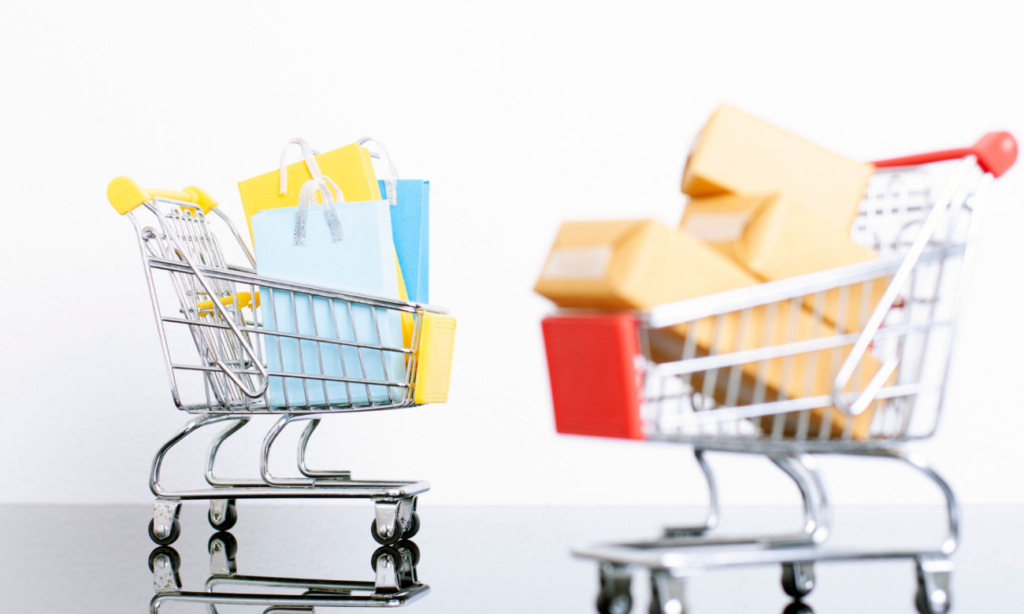Most Returned Items of 2024
Most Returned Items tend to tell us a lot about what went wrong. While the pandemic reshaped shopping habits, 2024 continued to show us which products simply didn’t live up to the hype. By examining the Most Returned Items, we can gain insight into common consumer regrets, how expectations and reality don’t always align, and what factors influence the decision to send products back. Let’s dive into the categories, reasons, and lessons behind the Most Returned Items of 2024.

Why Are Certain Items Returned So Often?
There are a few common reasons why certain products make the Most Returned Items list. For one, sizing and fit issues continue to plague clothing purchases. Brands often use different size charts, which leaves shoppers guessing. This leads to a significant number of items being sent back when they don’t fit as expected.
Electronics also feature prominently on the Most Returned Items list. Devices that fail to meet performance expectations or don’t have clear instructions leave buyers frustrated. Gadgets that promise cutting-edge features but fall short of advertised specifications frequently end up being returned.
Another factor is misleading product descriptions. Many consumers find themselves disappointed when the item they receive doesn’t look or perform as described online. Whether it’s a cheaply made piece of furniture or a poorly designed gadget, misleading listings contribute heavily to returns.
Top Categories of Most Returned Items
- Clothing and Apparel
Apparel remains at the top of the Most Returned Items list year after year. Issues with size, fit, and quality drive a substantial number of returns. Online shopping may have surged, but the lack of uniform sizing standards continues to cause confusion. Even when shopping immediately after trying on in-store, some customers still find issues once they get the item home. - Electronics and Gadgets
Many consumers eagerly purchase the latest electronics, only to find that the item doesn’t perform as expected. Whether it’s a laptop that overheats or a pair of earbuds that won’t pair properly, electronics are frequently sent back. The Most Returned Items often include high-tech gadgets that over-promise and under-deliver. - Home and Kitchen Products
Appliances and furniture are also high on the Most Returned Items list. When a kitchen gadget isn’t user-friendly or a piece of furniture arrives damaged, returns become inevitable. Items that require assembly often lead to frustration, especially if instructions are unclear or parts are missing. - Seasonal Items and Gifts
Post-holiday returns account for a large share of the Most Returned Items. Seasonal decorations, novelty gifts, and even trendy toys end up back at stores in droves. Once the festive season ends, many of these items lose their appeal or fail to meet expectations, making them prime candidates for returns.
Lessons Learned from Most Returned Items

Understanding what makes a product one of the Most Returned Items can help consumers make better purchasing decisions. For instance, reading reviews and checking size charts carefully can reduce the risk of receiving something that doesn’t fit or perform as promised.
Retailers can also learn from these trends by improving product descriptions, providing better images, and offering clearer sizing guidelines. By addressing common complaints, businesses can reduce return rates and improve customer satisfaction.
For shoppers, taking time to research a product before clicking “buy” can save a lot of hassle. Checking the return policy and knowing which items frequently show up on the Most Returned Items list can help you avoid the disappointment of receiving something that needs to be sent back.
What Does This Mean for 2025?
The Most Returned Items of 2024 serve as a reminder that not all purchases go as planned. As we move into 2025, both consumers and retailers have an opportunity to learn from these trends. By making more informed buying decisions and ensuring products meet consumer expectations, we can hopefully see fewer returns in the future.
